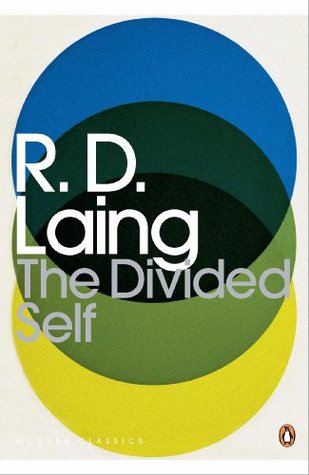More on this book
Community
Kindle Notes & Highlights
by
R.D. Laing
Read between
May 10 - May 12, 2023
The statesmen of the world who boast and threaten that they have Doomsday weapons are far more dangerous, and far more estranged from ‘reality’ than many of the people on whom the label ‘psychotic’ is affixed.
The mad things said and done by the schizophrenic will remain essentially a closed book if one does not understand their existential context.
The thought is the language, as Wittgenstein has put it.
an authentic science of persons has hardly got started by reason of the inveterate tendency to depersonalize or reify persons.
It is the task of existential phenomenology to articulate what the other’s ‘world’ is and his way of being in it.
except in the case of chronic schizophrenics I have difficulty in actually discovering the ‘signs and symptoms’ of psychosis in persons I am myself interviewing.
The behaviour of the patient is to some extent a function of the behaviour of the psychiatrist in the same behavioural field. The standard psychiatric patient is a function of the standard psychiatrist, and of the standard mental hospital.
However lonely or sad one may be, one can exist alone.
‘A man without a mask’ is indeed very rare. One even doubts the possibility of such a man. Everyone in some measure wears a mask, and there are many things we do not put ourselves into fully. In ‘ordinary’ life it seems hardly possible for it to be otherwise. The false self of the schizoid individual differs, however, in certain important respects from the mask worn by the ‘normal’ person, and also from the false front that is characteristically maintained by the hysteric.
what is called psychosis is sometimes simply the sudden removal of the veil of the false self, which had been serving to maintain an outer behavioural normality that may, long ago, have failed to be any reflection of the state of affairs in the secret self.
Self-consciousness, as the term is ordinarily used, implies two things: an awareness of oneself by oneself, and an awareness of oneself as an object of someone else’s observation.
The schizoid individual (and this applies still more to the schizophrenic) does not bask in the warmth of a loving self-regard. Self-scrutiny is quite improperly regarded as a form of narcissism. Neither the schizoid nor the schizophrenic is narcissistic in this sense.
The divorce of the self from the body is both something which is painful to be borne, and which the sufferer desperately longs for someone to help mend, but it is also utilized as the basic means of defence. This in fact defines the essential dilemma.
The self, as one patient put it, feels crushed and mangled even at the exchanges in an ordinary conversation. Despite his longing to be loved for his ‘real self’ the schizophrenic is terrified of love. Any form of understanding threatens his whole defensive system. His outward behaviour is a defensive system analogous to innumerable openings to underground passages which one might imagine would take one to the inner citadel, but they lead nowhere or elsewhere.
the schizophrenic ceases to be schizophrenic when he meets someone by whom he feels understood. When this happens most of the bizarrerie which is taken as the ‘signs’ of the ‘disease’ simply evaporates.
Schizophrenia cannot be understood without understanding despair.


